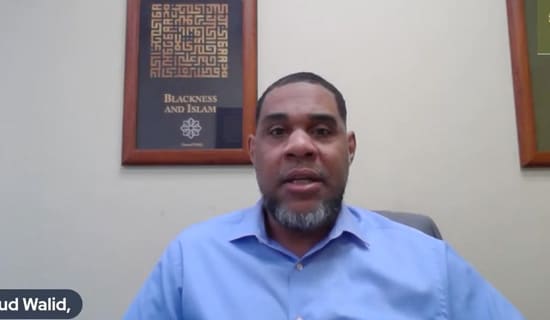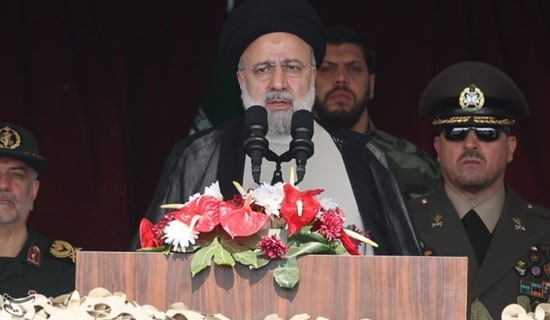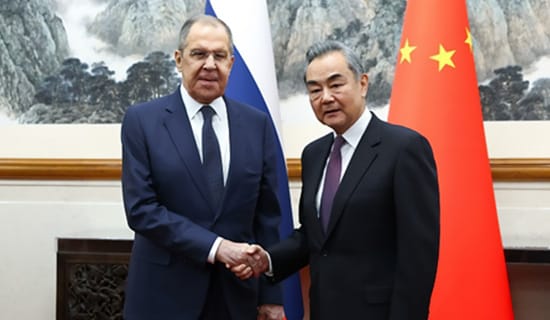Two weeks after the elections, it seems that the Iranian regime has managed to suppress the protest movement. This report examines the reasons for the waning of this movement.
1. Violence by the Regime
In attempt to quell the protests, which were mostly peaceful, the Iranian regime has employed brutal violence. IRGC and Basij units, some of them in plainclothes, used both cold weapons (clubs and knives) and live fire against the protestors. In addition to employing violence against the demonstrators in the streets, the security forces also raided student dorms, especially in Tehran; arrested protesters, political activists, journalists and intellectuals; and persecuted owners of homes from which the call of "Allah Akbar" was heard in the nights. The heads of the regime made threats against anyone who participated in the demonstrations, blocked websites and media outlets supportive of the protest movement, and waged a media campaign against this movement by describing the protestors and their leaders as hostile elements collaborating with Iran's enemies. Permits for political and party activities were revoked, and a special court was establish to prosecute the protestors.
2. Unlike Some of the Demonstrators, the Protest Movement Leaders Never Advocated a Regime Change in Iran; Their Campaign Is Part of a Struggle between Two Streams within the Regime
The leaders of the protest movement, Mir Hossein Mousavi, Mehdi Karroubi and Mohammad Khatami, called on the demonstrators to keep their protests peaceful, and stated that they would negotiate with the regime to attain their goals, which are the holding of a new election or the establishment of a committee of ayatollahs, acceptable to all sides, to examine the election results. Unlike some of the protestors, these leaders are not interested in a change of regime in Iran, and have never called to topple Supreme Leader Ali Khamenei. [1]
It should be noted that Khatami and Rafsanjani, who stayed behind the scenes of the protest movement, have not managed to recruit the support of any senior ayatollah against Khamenei. Hashemi Rafsanjani, who is the second most powerful figure in the regime and heads two of its most important bodies (the Experts Assembly and Expediency Council), has never purported to lead a movement presenting an alternative to the regime. Despite his blatant disagreements with the Supreme Leader, he hasn't openly challenged the latter's decision to accept the election results, though, according to reports, he has sought to recruit senior ayatollahs to join his camp within the regime.
3. Absence of International Support
The policy of the West during this crisis has been one of non-intervention in the events in Iran.
SUPPORT OUR WORK

Conclusion:
The events in Iran following the elections were a public outburst of rage that encompassed many sectors of Iranian civil society. This outburst was made possible by the emergence of a comprehensive national common denominator, namely anger over the rigged elections. The protestors sought a leadership, but did not find one.
The regime's power and brutal suppression of the protests, the absence of a religious leadership, and the silence of the world meant that the protest movement could not maintain its momentum, and started to crumble after two weeks. However, it is safe to assume that another, more effective, protest movement will arise when the necessary "ingredients" are present, namely - a public of protestors, a compelling ideological agenda presenting an alternative to the regime, a religious leadership that will head the movement and will be willing to pay the price, and international support.
It can also be assumed that the present Iranian protest movement is likely to impact the Sunni Arab societies in the countries neighboring Iran, which are also no strangers to election fraud.
Now that the regime has managed to quell the protests, its various elite groups are busy trying to mediate between its two competing streams, both of which are conservative and accept Khamenei's authority. [2] The desire for reconciliation is clearly evident in Rafsanjani's recent public statement - his first in the last two weeks - in which he declared his loyalty to Khamenei (who has his "unending affection"), and adopted the line of Khamenei and Ahmadinejad that foreign elements were behind the protest movement. [3]
*A. Savyon is Director of the Iranian Media Project.
Endnotes:
[1] The leaders' position was expressed, for example, by Mousavi's supporter Majlis Member Ghodratollah Alikhani, who cried out emotionally during a recent Majlis session, "We are all sons of the Revolution!" http://www.memri.org/legacy/clip/2165.
[2] See MEMRI Inquiry and Analysis No. 522, "Elections in Iran - Part II," June 9, 2009, Elections in Iran – Part II.
Since Khamenei stressed, in his June 19, 2009 Friday sermon, the importance of all the leaders to the regime, the regime's various elites and mechanisms have been working to appease the disgruntled presidential candidates and offer a solution to the crisis. Among the figures undertaking this effort are Ayatollahs from Qom, such as Mousavi Ardabili, Sobhani and Javadi-Amoli, as well as Majlis Speaker Larijani who has established his own committee for resolving the conflict, members of the Guardians Council and others.
On Khamenei's June 19 sermon, see MEMRI Special Dispatch No. 2413, "Iran's Supreme Leader Ali Khamenei in a Tehran Friday Sermon: In Every Election There Are Winners and There Are Losers," June 21, 2009,
[3] ILNA (Iran), June 28, 2009, Mehr (Iran), June 27, 2009.




